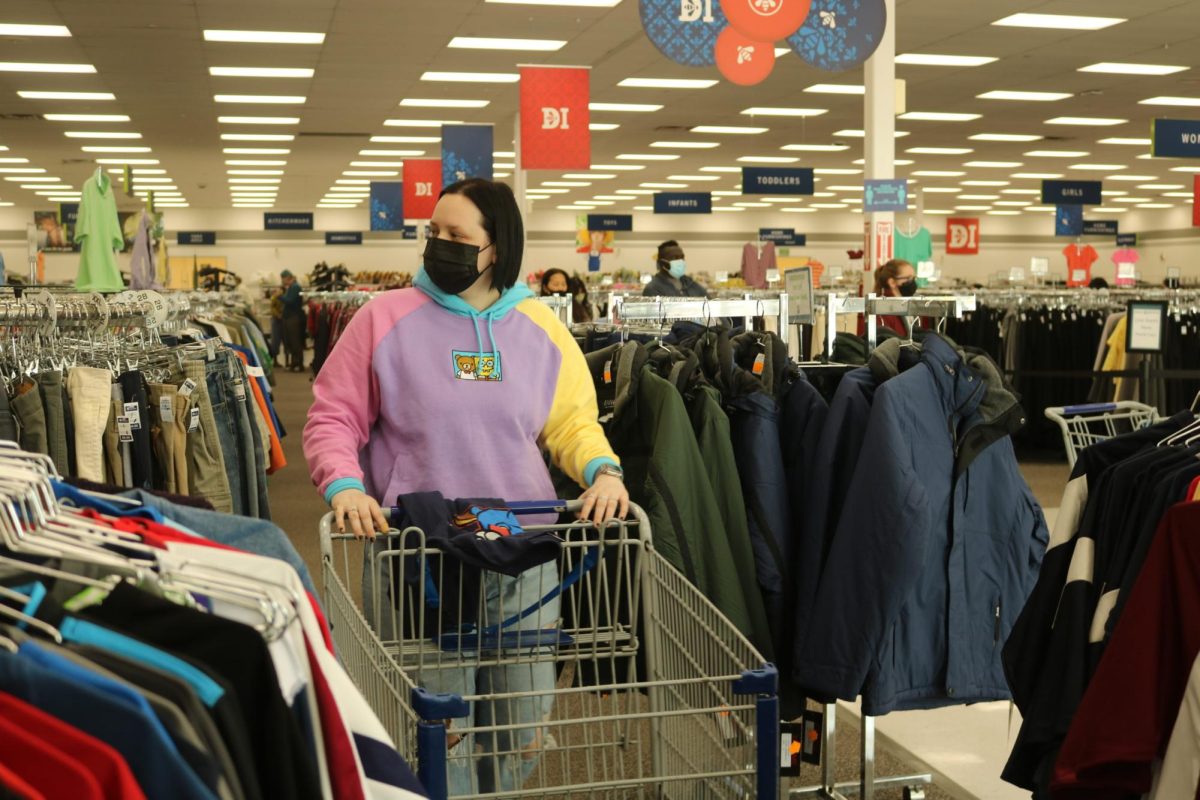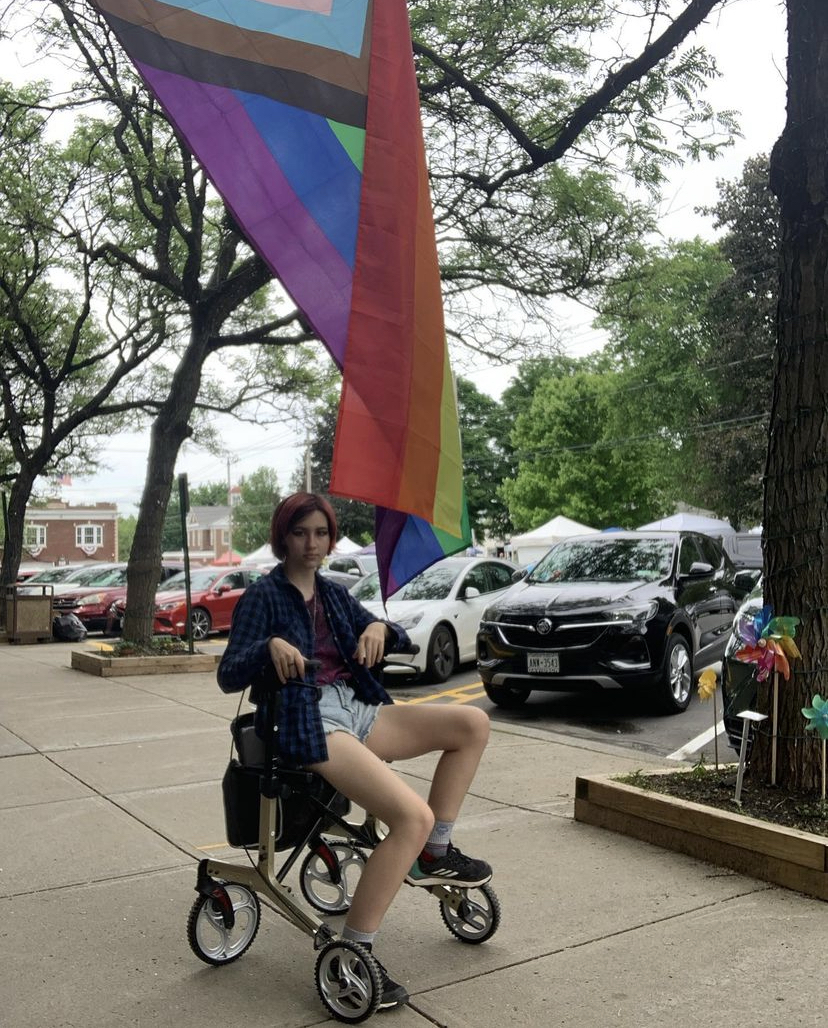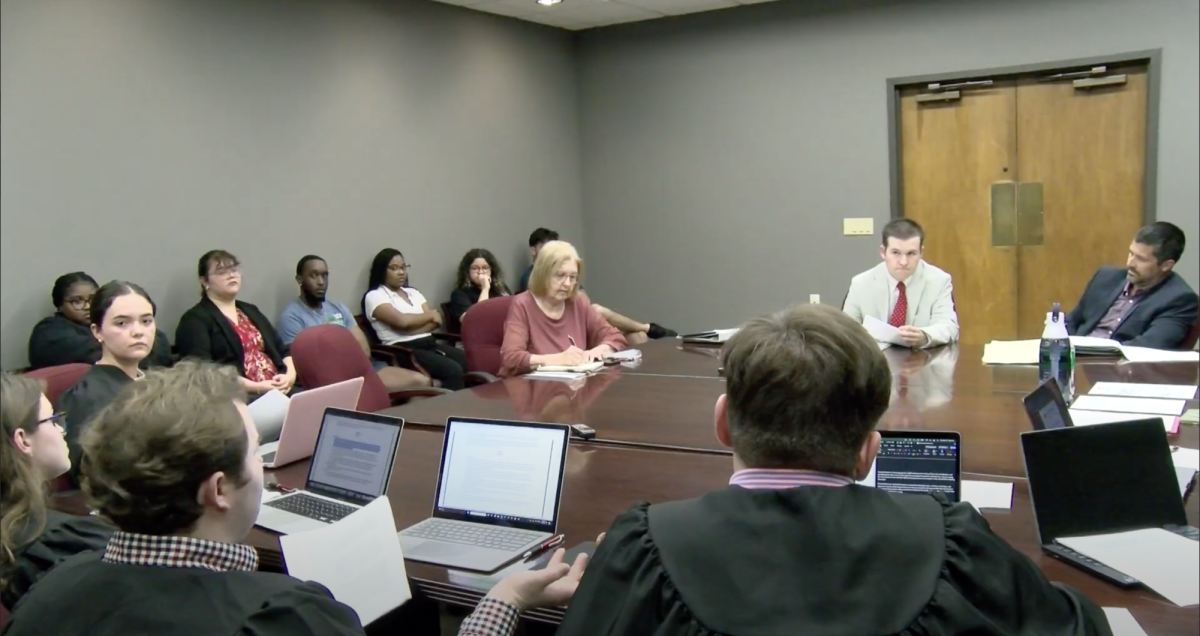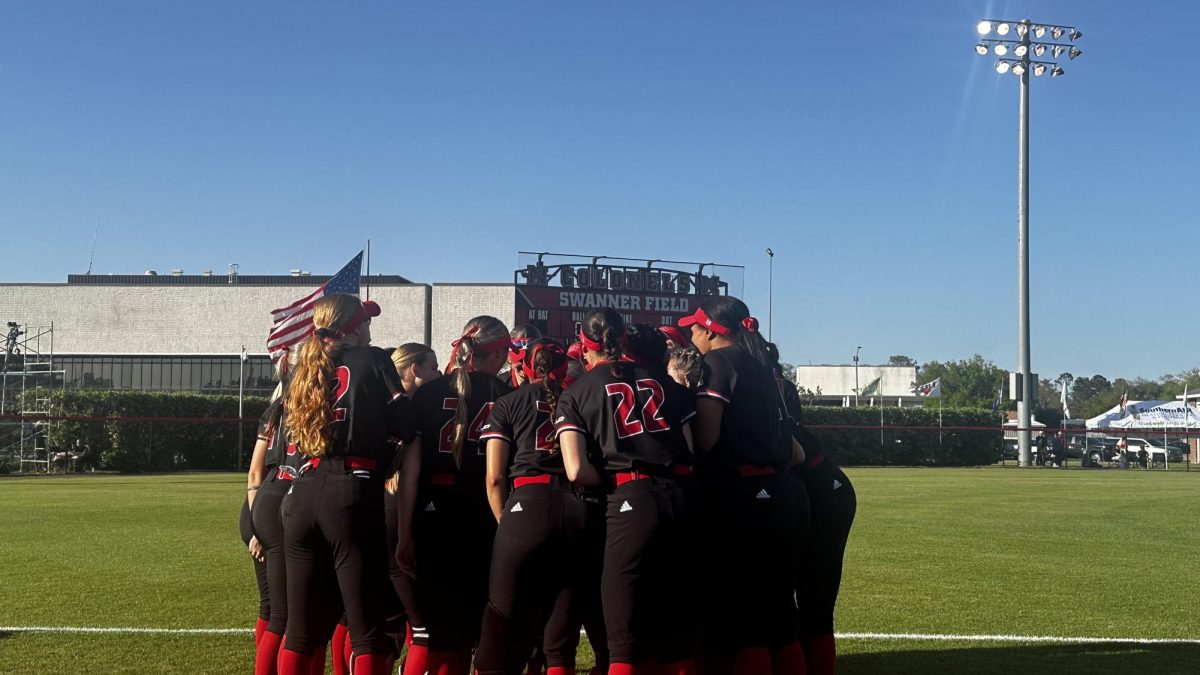As the end of October approaches, a mood shift can be seen across south Louisiana. For many, this time brings the cool weather they love, Halloween and trick-or-treaters and the accompanying bonfires with stories about the mysterious night-wandering creature known as the rougarou. Patricia Perrin, retired Nicholls English instructor and folklore specialist, says the rougarou is an important “identification marker” for south Louisiana’s culture.
“Many people may know about a werewolf but not a rougarou,” Perrin says.
Folklore surrounding the rougarou is as diverse as the word’s spelling.
The term rougarou originated from the word “loup-garou,” “loup” being French for wolf and “garou” derived from an old Frankish form “wari-wulf.”
Although the legends of the rougarou are closely related to European werewolf tales, there are several distinctions between the European werewolf, the French loup-garou and the night lurking, bayou-wandering creature called the rougarou.
Perrin explains how in south Louisiana, everything has its peculiarities because it is rooted in oral tradition.
“The most common motif is of a night time exposure to the rougarou,” Perrin says. “The person who encounters the rougarou draws one or three drops of blood, that person then has the spell, and from there, the tale can be either light or dark. In the darker tale, usually the person who encounters the rougarou commits suicide. The darker tale is almost always associated with a person who told of the encounter in less than a year.”
Because wolves are uncommon in the region, local stories of the rougarou typically replace wolves with other animals- dogs, pigs, cows and chickens- which are usually white.
According to local stories printed in several sources found in Ellender Memorial Library archives, these animals roam the streets at night, antagonizing wandering people until they attack the creature, usually stabbing or shooting it.
At the first drop of blood the animal will return to its human form, at which point he will tell the attacker who he is.
Often the rougarou is someone the witness knows or has heard of, and the rougarou usually tells the witness if he informs others of this encounter within one year and a day, he too will become a rougarou.
One account of a lady from Lockport, taken from “Werewolves on Bayou Lafourche,” written by Jean Sarrazin, Laura Kraus and Donald Krintzman, tells of a somewhat personal experience with the rougarou.
“There were ten children in the family and all of them were up crying that night. I didn’t get up for some reason, but a year or so later one of the brothers killed himself.
This boy was always ‘vayaying’ (veiller, to stay up at night) or hanging around with the other boys at night. One night he was walking home (he was always the last to leave) when he noticed a little white dog following him, snapping at his heels.
He took out his pocketknife and cut the dog on its right foot. A loup-garou is a man who sells his soul to the devil and assumes the body of an animal. He can’t be released until he is cut.
The boy wasn’t supposed to tell what had happened for a year and a day after he had seen the white dog turn into a man, but after it happened, he ran home and told his family.
The next day a prominent physician appeared in town with his right arm cut and in a sling. (The dog resumes his human form in a day.) I remember when the physician shot himself here in Lockport. A year later the boy killed himself and left a letter that the family turned over to the sheriff. Even today he refuses to let anyone see it.”
There are various methods used to keep the rougarou away. Some accounts tell of men who carry a certain leaf rolled up in their wallets to ward it off or of old women who paint some sort of hexagon shape on the middle of the floor and say certain prayers to keep the rougarou away.
Today, the role of the rougarou may be shifting, but it is still certainly present in the Cajun culture.
“The rougarou has evolved into a threat to bad children,” Perrin says. “Parents tell their children if they’re not good then the ‘rougarou is gonna get them.’ The rougarou plays a similar role to the boogeyman in other cultures.”
The term rougarou has even become so popular in south Louisiana that it has evolved into a descriptive adjective, “rougarouing,” used to describe a person who runs around or stays up late at night.
Perrin says it is easy to find people who have a story about the rougarou but is very difficult to find people who actually believe in the rougarou.
“People of Louisiana want to hold on to the story, but people with an education don’t want others to think they are crazy,” she says.
Although the role of the rougarou may be shifting, it continues the traditional folklore of Cajun culture.
“The rougarou plays as significant a role in continuing the Cajun culture as crawfish boils do,” Perrin says.







